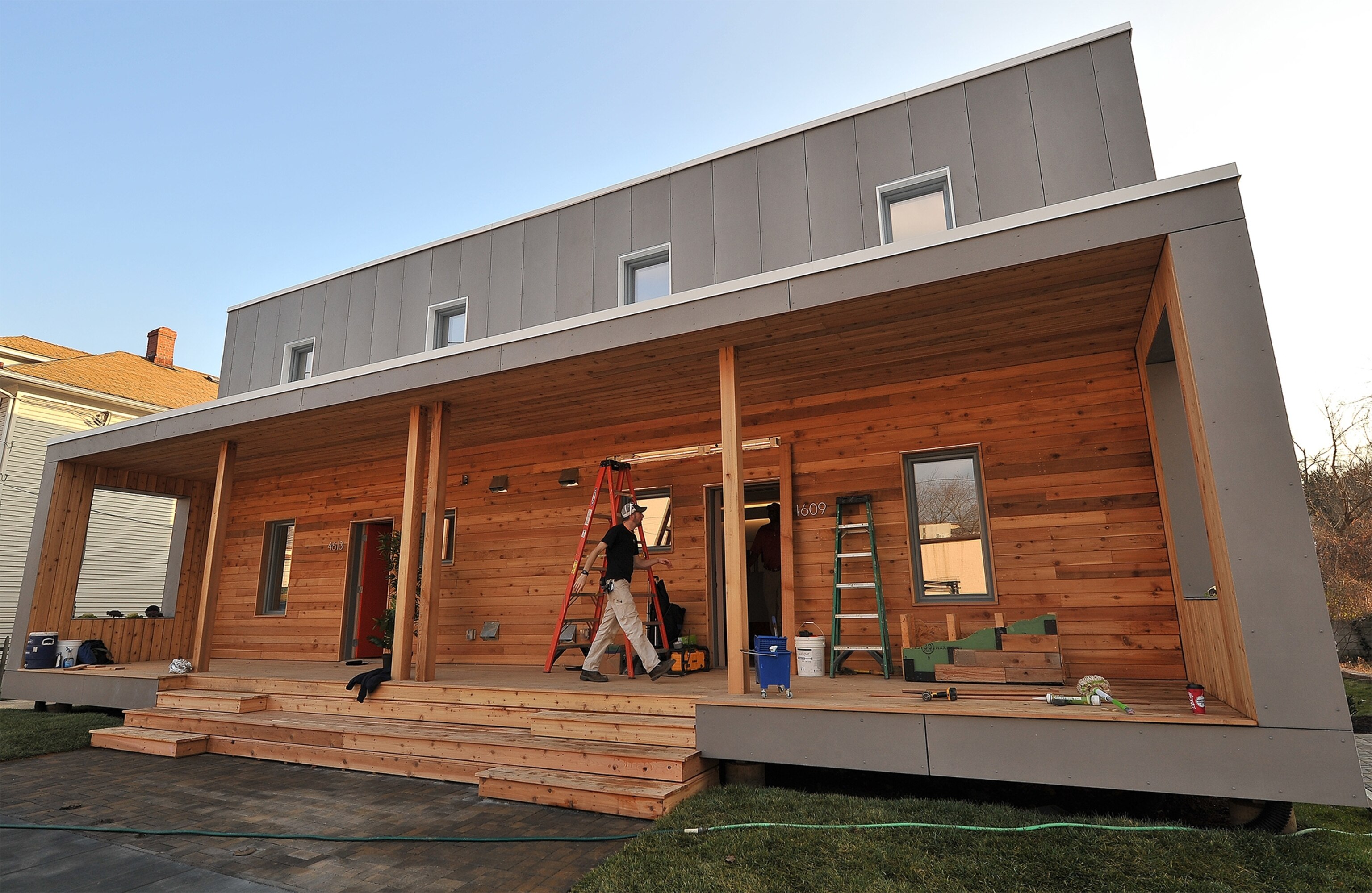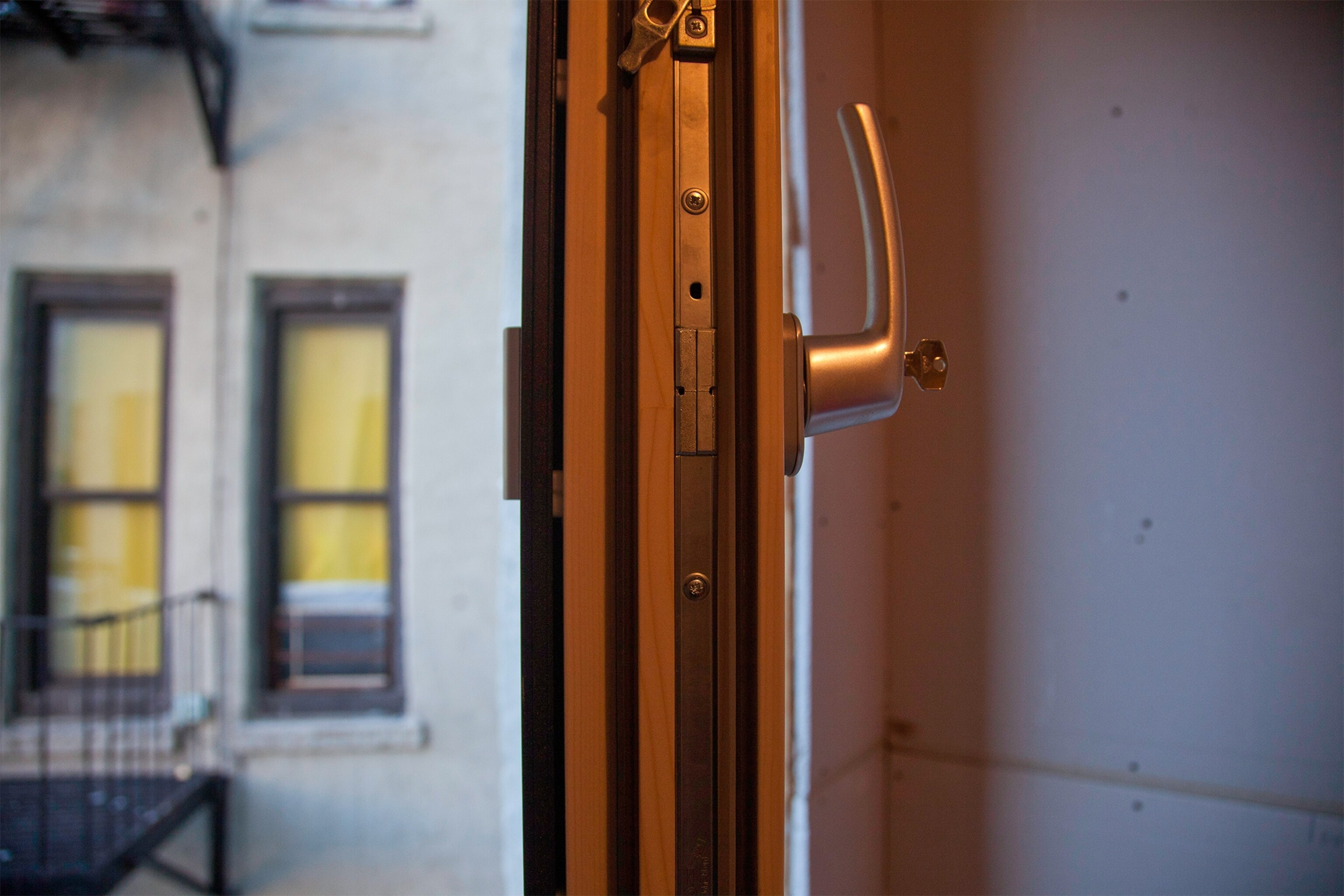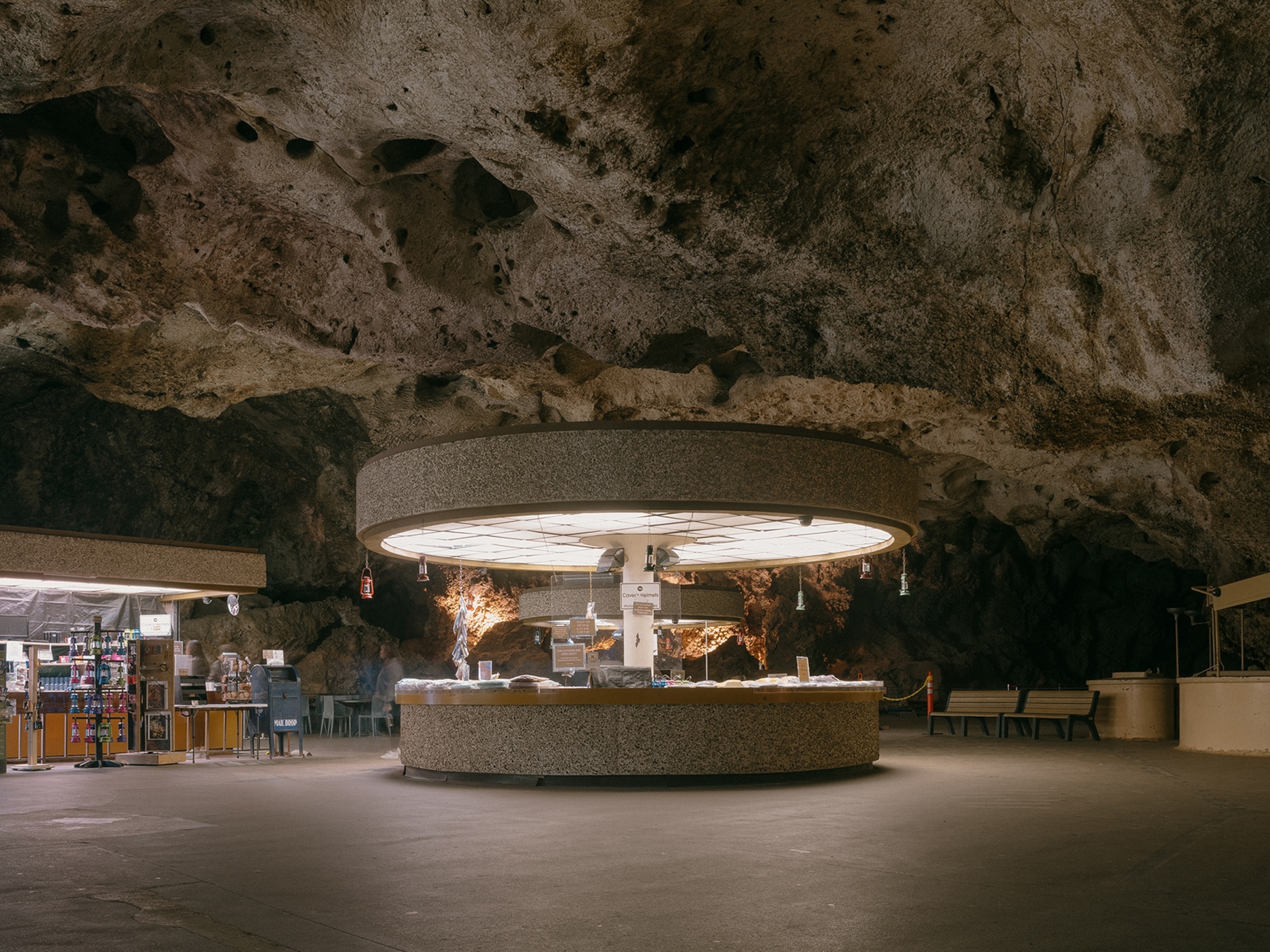Thermos-Like Passive Homes Aggressively Save Energy (Video)
Extreme energy efficiency is target of more buildings, even low-budget Habitat for Humanity homes.
Three miles northeast of the White House, now topped with solar panels, six modest new rowhouses are expected to deliver world-class savings in energy.
The reason's simple: They're so well sealed and insulated that they perform just like a coffee thermos. No furnaces are needed, because they're projected to use up to 90 percent less energy than a typical house.
Built partly by volunteers, these low-budget Habitat for Humanity homes—now nearing completion—don't look like anything special. They have basic brick facades like others in their gentrifying Ivy City neighborhood.
They stand out in other ways: 12-inch-thick exterior walls and triple-pane, imported-from-Ireland windows offer more than double the insulation required of new homes. In lieu of a furnace, tiny, wall-mounted Mitsubishi units provide heating and cooling. (See related blog post: "Laying the Foundation for Sustainable Housing in D.C.")
The passive standard is buoyed by efforts to fight climate change, because buildings account for 40 percent of total U.S. energy use and 10 percent of its greenhouse gas emissions. In September, New York City's Mayor Bill de Blasio hailed it as one way to help the Big Apple meet its goal of slashing emissions 80 percent from 2005 levels by 2050. (Take the quiz: What You Don't Know About Energy Efficiency.)
Set to house low-income families, the rowhouses are on track to do something the president's place nearby has not—meet perhaps the world's strictest energy rubric: Passive House, popularized in uber-efficient Germany and now gaining ground in the United States.
"We're definitely in an exponential growth phase right now," says German-born architect Katrin Klingenberg, co-founder and executive director of the private, Illinois-based Passive House Institute U.S. (PHIUS). The growth is so rapid that it's a bit "scary," she adds.

The U.S. Boom—and Controversy
Klingenberg's group has certified or pre-certified 130 projects in North America—up from 12 in January 2012. It has another 125 in the pipeline. While many are single-family homes, an increasing number are apartments and non-residential buildings, including a church and retreat center.
"The commercial market is coming," says Klingenberg, who built her own home in Urbana, Illinois, to Germany's Passivhaus standard in 2002 and launched the U.S. institute in 2008.
In March, just as the interior work on the D.C. rowhouses is slated to finish, her group plans to roll out new standards for North America that will vary energy requirements by climate. The new standards, developed partly with funding from the U.S. Department of Energy, could boost mass-market appeal but could also cause confusion.
Passive House is unique among green-building programs, because it focuses on a single metric: energy use. So far, it has been defined by the German standard that limits the heating and cooling load to 4,755 British thermal units per square foot (or 15 kilowatt hours per square meter)—about one-tenth that of homes built to current U.S. codes.
"It does one thing, and it does it well," says Alex Wilson, president of the Resilient Design Institute and founder of BuildingGreen, a publisher of sustainable construction guides. He says the standard is easy to understand but not necessarily to attain.
Passive buildings don't require solar panels or wind turbines. Rather, they use old-fashioned building science to cut energy use: meticulous air sealing of joints and hairline cracks; superior insulation via thick walls, roofs, and floors; ultra-efficient windows, appliances, and lighting. Because they're so tightly sealed, they use mechanical ventilation to bring in fresh air.
They've generated their share of controversy. In August 2011, Germany's Passivhaus leader Wolfgang Feist severed ties to PHIUS, saying it was not requiring enough documentation to certify projects. Feist has also criticized PHIUS's push to adjust the standard to varying climates.
"Europe has a fairly consistent climate," unlike North America, says Wilson, adding it makes sense to set a different standard for Alaska than for Arizona.
Klingenberg says Germany's one-size-fits-all approach is not the most cost-effective everywhere.
"You're building a thermos bottle," she says of passive buildings. In some places, she says, "the insulation starts working against you."
Here's why: In the Pacific Northwest, for example, insulation lowers the need for heating in winter but could increase the need for cooling in summer, offsetting its benefits. Buildings gain heat during the day from appliances, electronics, and even occupants, and if they're too tight to allow lower nighttime temperatures to cool them, the residents will end up cranking up the AC. (See related blog post: "Earth Day Pioneer Denis Hayes' New Challenge: Greenest Commercial Building in the World.")
The upcoming changes, Klingenberg says, will actually require buildings in California to use less energy per square foot than those in Germany but allow those in frigid Alaska to use more.
Some passive house proponents question the changes. "We're concerned they're not thought through yet," says New York architect Ken Levenson, president of NY Passive House, an independent nonprofit affiliated with Darmstadt-based Passivhaus Institut. He says they could complicate efforts to mass-market passive building.
Passive Faces Challenges
How well the passive movement fares in North America will depend not only on how PHIUS's new standards are received, but also on whether California spurs competing green-building programs. The state is requiring that by 2020, all new residential buildings be "net zero energy," which means they produce as much power (via solar panels) as they use.
Passive building has other challenges, too. Skeptics cite sick-building syndrome, which can result when an air-tight space contains chemical off-gassing from carpets, cabinetry, or other products. Wilson says mechanical ventilation can dilute but not eliminate potential pollutants.
Aesthetics are another issue. The stringent energy rubric limits design choices, so passive buildings often scale back on windows and take a boxy shape—the easiest geometry to seal and insulate. Homes with curves or angles need extra, expensive measures to qualify.
The biggest obstacle may be cost. Certification itself can cost several thousand dollars because of application fees and the hiring of certified consultants. The building materials also cost more, especially the windows.

"The costs are coming down," says Levenson, who is a partner of the online 475 High Performance Building Store. He says most windows still need to be imported from Europe, because few U.S. manufacturers make suitable triple-pane products, but there's increasing competition in the market.
Klingenberg says building a single-family home to the passive standard adds about 10 percent to overall costs if an experienced team is used, but it can add more if the crew is new to the requirements.
Habitat Pushes Ahead in D.C.
"We're still learning," says Andrew Modley, production manager at Habitat for Humanity of Washington, D.C., noting the rowhouse project is only the second time his group has attempted to meet the passive standard. His group previously worked with Parsons the New School for Design to build a two-unit passive home that began as Parsons's Empowerhouse entry in the Department of Energy's 2011 Solar Decathlon. (See related story: "Pictures: Solar Decathlon Students Race to Renew Home Energy.")
A few Habitat for Humanity chapters have built passive-certified projects, because they want to provide low-income residents with homes that won't cost much to heat or cool.
The three-bedroom D.C. rowhouses got funding from various sources, including the National Geographic Society, and product donations or discounts from companies, including Whirlpool. The construction budget for each 1,400-square-foot unit is about $250,000—an amount that reflects pricey labor costs in the nation's capital and special materials.
"The windows are one of the most expensive features," says Heather Phibbs, D.C. Habitat spokesperson. "We'd like to replicate the [passive] standard as often as possible, but it does come with added cost."
She says her chapter, which is doing more multi-family projects, would like to do a passive-certified condo building if funding is available. Referring to passive projects, she adds: "It's a very up-in-the-air question of how many more we'll do."
On Twitter: Follow Wendy Koch and get more environment and energy coverage at NatGeoGreen.
The story is part of a special series that explores energy issues. For more, visit The Great Energy Challenge.








